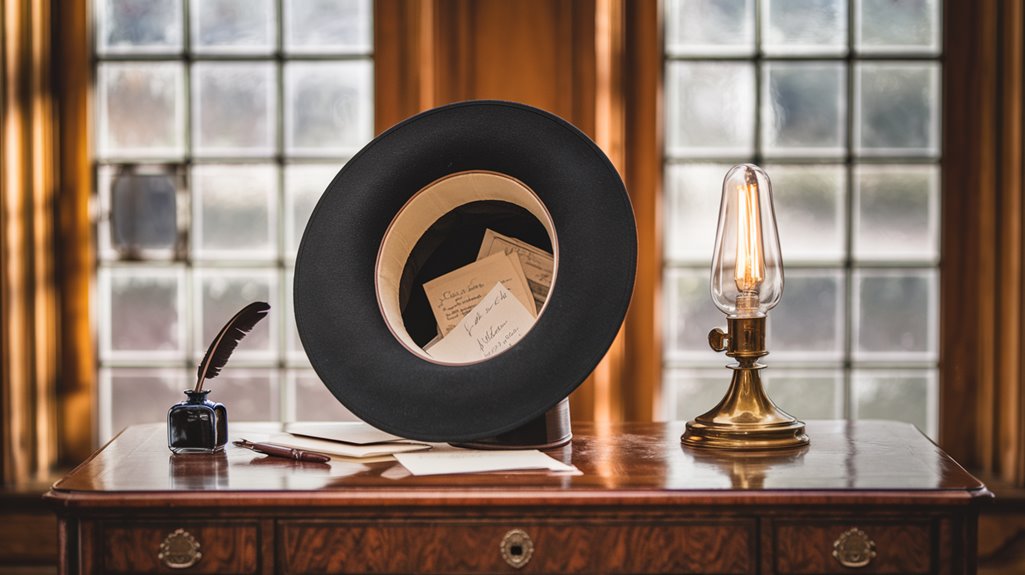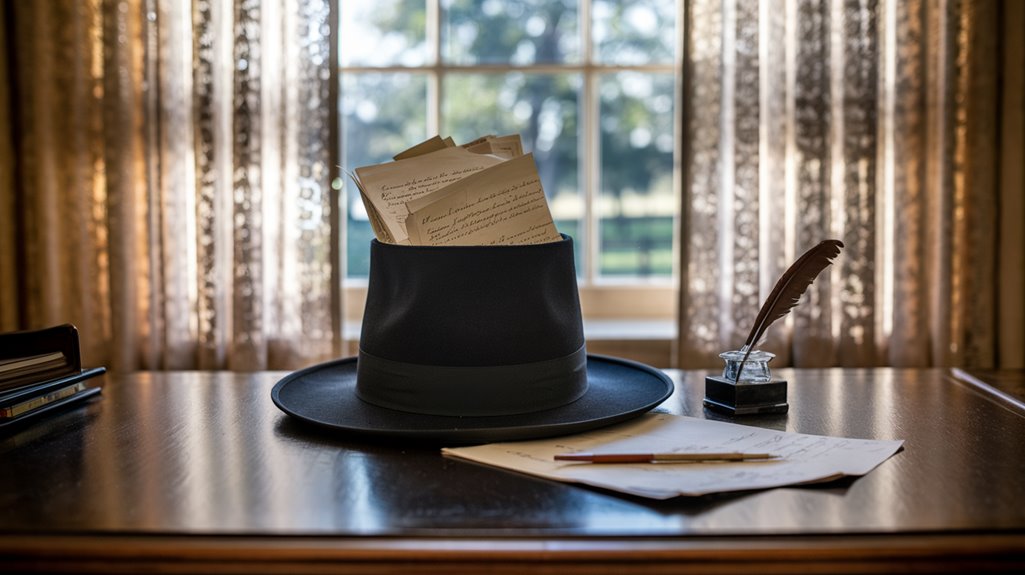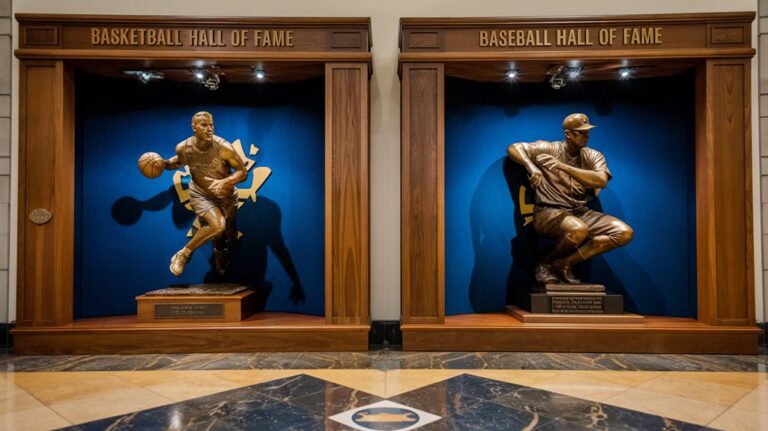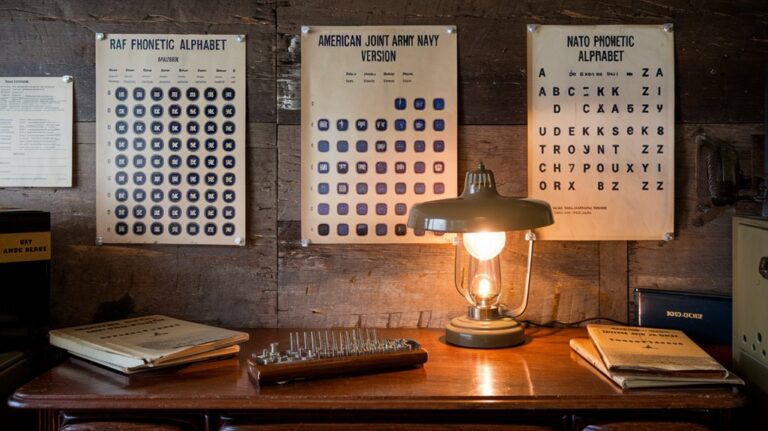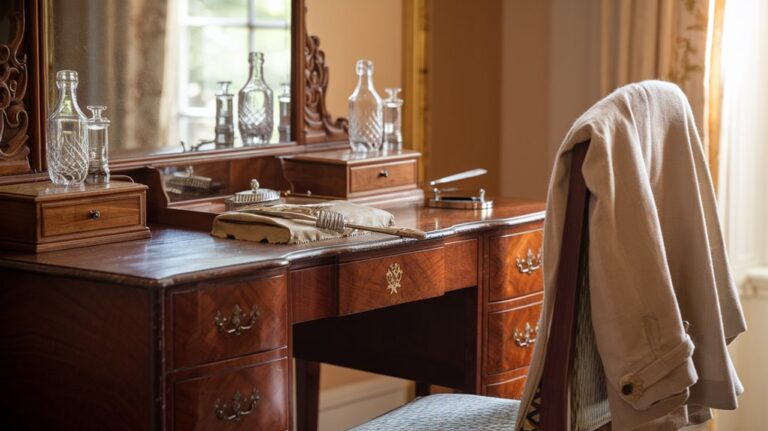Lincoln’s Stovepipe Hat Doubled as a Document Safe
You've probably seen images of Abraham Lincoln's famous stovepipe hat, but there's more to this iconic accessory than meets the eye. The towering silk hat wasn't just a fashion choice—it served as Lincoln's portable filing cabinet. When you consider that the 16th president needed to carry important documents while traveling between meetings, his innovative solution makes perfect sense. Yet the full story of how Lincoln transformed this simple hat into a practical tool reveals fascinating details about his pragmatic leadership style.
The Ingenious Storage Solution of America's 16th President
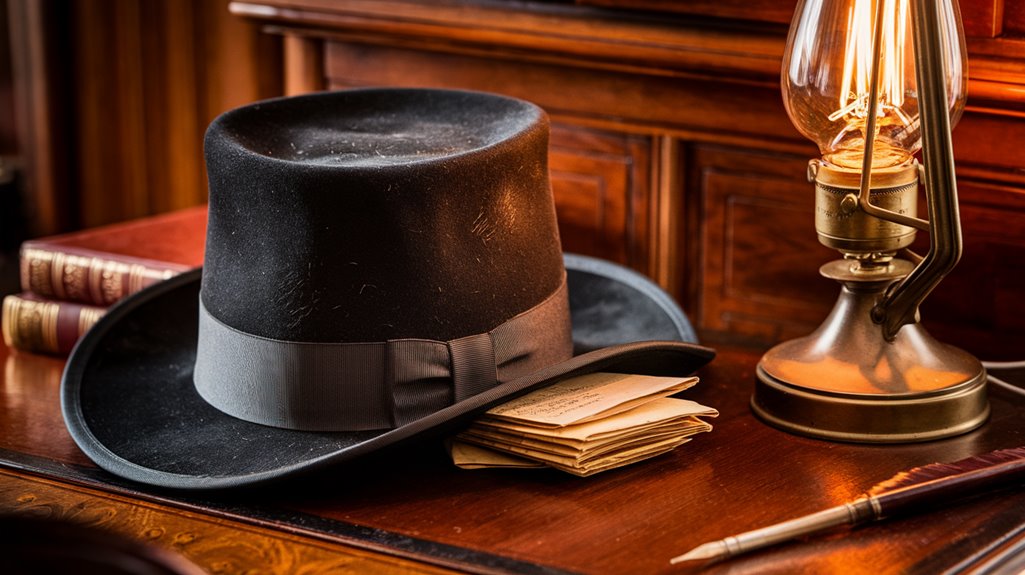
While most Americans know Abraham Lincoln for his towering height and iconic stovepipe hat, few realize that his signature headpiece served a practical purpose beyond fashion.
His hat doubled as a mobile filing cabinet, where he'd store essential government documents, personal letters, and speeches. Among presidential quirks, this innovative storage solution stands out as particularly resourceful.
Popular hat anecdotes reveal how Lincoln would dramatically pull papers from his headwear during meetings with generals, using the theatrical gesture to emphasize his points. In 1864, one of these very hats proved life-saving when an assassin's bullet pierced through it.
This unusual filing system wasn't without its drawbacks, though. When Lincoln once purchased a new hat, he blamed it for misplacing important correspondence, demonstrating that even the most clever storage solutions can have their pitfalls. Standing at 6 feet, 4 inches, Lincoln's stovepipe hat made him an even more imposing figure, adding another 7 to 8 inches to his height.
Historical Records and Evidence of Lincoln's Hat Practice
Lincoln's innovative use of his hat as a document carrier has intrigued historians for generations, prompting extensive research into the practice's authenticity.
You'll find that historical records support his habit of storing important papers in his stovepipe hat, though questions about specific hats' historical significance remain.
When examining hat authenticity, you'll notice that researchers have relied on various sources, including court documents, newspapers, and personal letters.
A notable example is the 1958 affidavit from Clara Waller, which details how one disputed hat changed hands.
While DNA testing hasn't provided definitive proof of ownership, physical evidence shows signs consistent with document storage.
Today's historians continue collaborative research efforts, including textile analysis and archival searches, to verify these historical artifacts' connections to Lincoln's documented practice.
The most contentious hat in recent history became part of the Taper Collection in 2007 before ultimately being removed from public display at the Abraham Lincoln Presidential Library and Museum.
Notable Moments When Lincoln Pulled Papers From His Hat
Throughout his presidency and legal career, you'll find compelling accounts of Lincoln retrieving important documents from his iconic stovepipe hat.
In a memorable scene at a post office dedication, he pulled out his speech and returned it to his hat when finished – a moment later depicted in Spielberg's film. During official meetings, you'd see him dramatically pull papers from his hat to make points to generals and politicians.
The document retrieval wasn't limited to formal occasions. Lincoln's hat symbolism extended to his daily routine, where he'd rely on it to carry letters and documents during his commute. His distinctive hat, standing seven to eight inches tall, made it an ideal storage space for important papers.
When he bought a new hat in 1850, he even blamed his old one for misplacing correspondence, confirming in writing that his stovepipe served as a practical document safe. Recent studies have cast doubt on one famous hat's connection to Lincoln, as no evidence confirms its ownership by the president.
The Physical Features That Made It an Effective Filing Cabinet
The stovepipe hat's physical design made it an ideal storage solution for a busy statesman. At seven to eight inches tall, you'll find it offered considerable space for storing documents, speeches, and letters.
The hat materials, including stiffened felt and either beaver fur or silk, provided both structure and flexibility, allowing Lincoln to easily slip papers in and out while maintaining the hat's shape.
Lincoln's height advantage made the tall hat particularly practical – he could quickly access documents stored inside without having to remove it completely, making it convenient during public appearances.
The flat crown created a stable platform for papers, while the sturdy construction protected important documents from weather damage.
It's no wonder this iconic accessory became his portable filing cabinet.
Legacy of Lincoln's Practical Innovation in Presidential History
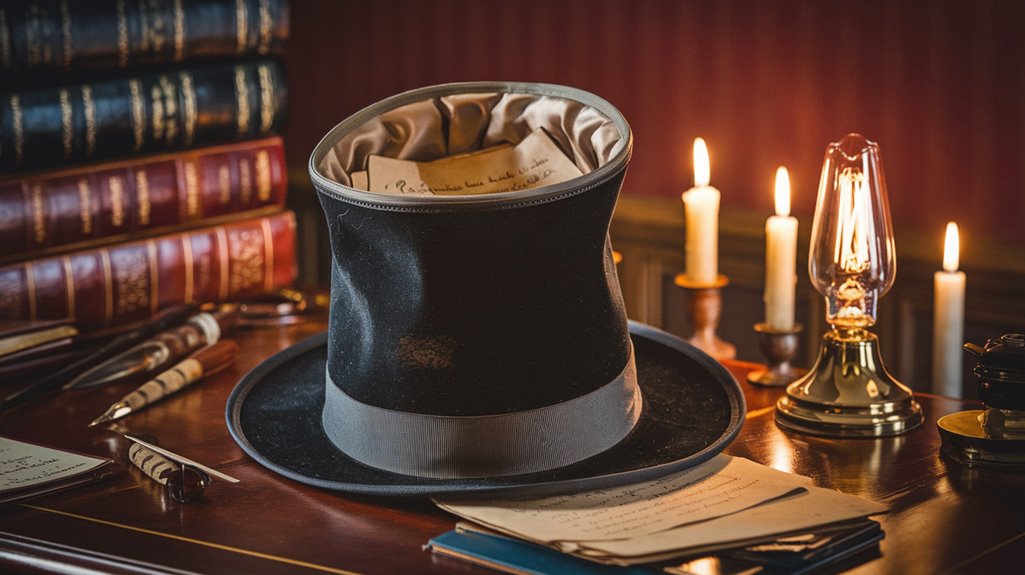
While modern presidents rely on sophisticated security protocols, Lincoln's innovative use of his stovepipe hat as a document safe has left an enduring mark on presidential history.
His practical ingenuity in transforming an everyday accessory into a secure document storage system exemplifies the resourcefulness required during challenging times.
You'll find that Lincoln's method, though simple by today's standards, represented presidential resourcefulness at its finest. The hat's band showed signs of being stretched from documents, confirming his regular practice of storing important papers.
Recent analysis by experts has raised serious questions about the hat's authenticity and its historical significance.
While other gentlemen of the era also used their hats for storage, Lincoln's approach stands out as a uniquely documented presidential practice.
His solution to document security has become more than just a historical footnote – it's now deeply embedded in American cultural memory.
The iconic stovepipe hat continues to symbolize not only Lincoln's presidency but also his adaptable, pragmatic approach to leadership challenges.

